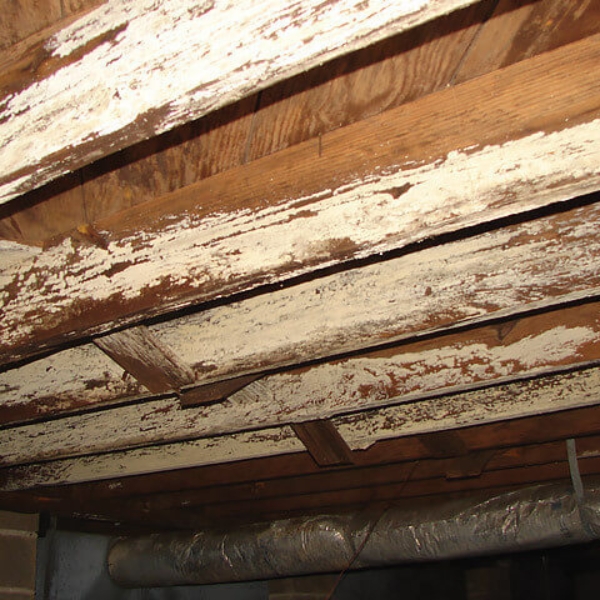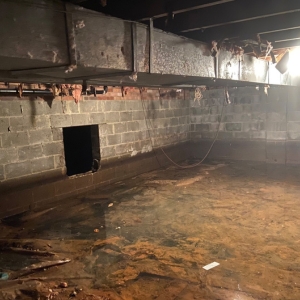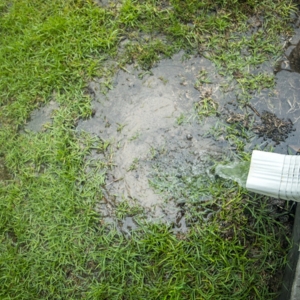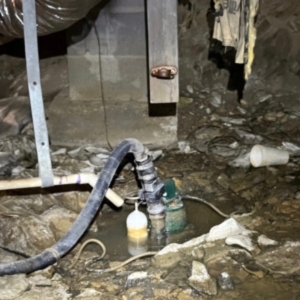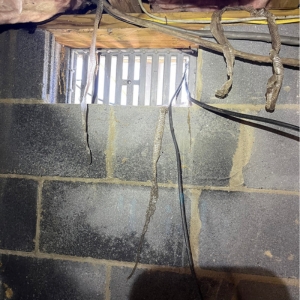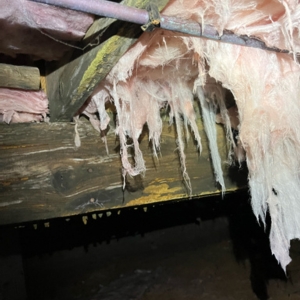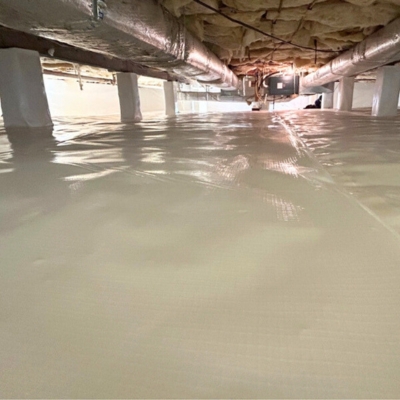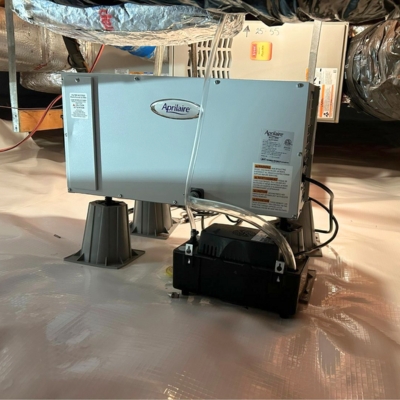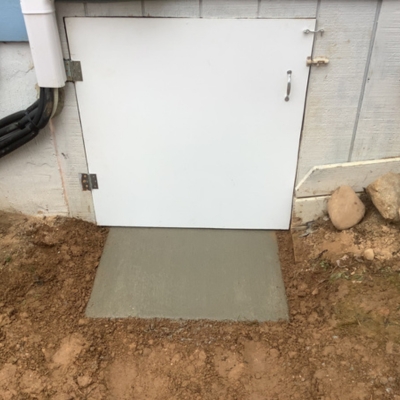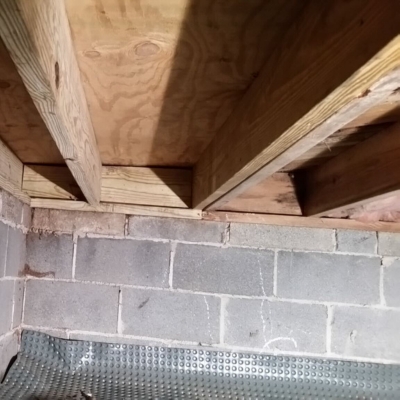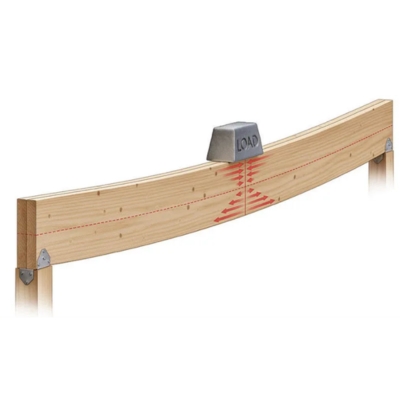Wood Rot FAQs
Fixing wood rot in crawl spaces starts with addressing moisture at the source. In Gainesville and Ocala, the LUX expert team checks for leaks, poor drainage, and high humidity. Depending on the damage, we may reinforce with floor joist sistering or main beam replacement, followed by waterproofing or dehumidifier installation.
Stop the spread of joists and beams decay—Book your free crawl space assessment now.
Yes, but it may reduce your home’s value and require disclosure of the issue. In Jacksonville’s humid climate, buyers often request crawlspace inspections. LUX helps homeowners address issues of wood rot in crawl spaces with professional repairs and documentation, making the home safer and more marketable.
Wood rot breaks down the structure of the framing materials in the crawlspace, while mold grows on the surface. In St. Augustine, LUX uses visual inspection and moisture readings to distinguish the two. Sagging floors often indicate rot, while black or white patches may be surface mold. Both need quick and professional action to address and fix the issue.
Not sure which one it is? Request a mold and wood rot in crawl spaces assessment today.
Yes. Framing materials decay weakens load-bearing beams and joists, particularly in high-moisture areas such as Florida. In cities like Gainesville and Ocala, we often find rot compromising the crawlspace’s structural integrity. LUX replaces or reinforces critical supports to restore your home’s integrity and prevent long-term damage.
Protect your home’s structure—Schedule a free structural wood assessment today.
Not always. In Palm Coast, wood rot in crawl spaces can be caused by fungi that break down the structure of the framing material, even without visible mold. However, wood decay and mold often appear together in crawlspaces due to Florida’s high humidity.
LUX conducts thorough assessments to confirm the presence of both and recommends the appropriate solution.

